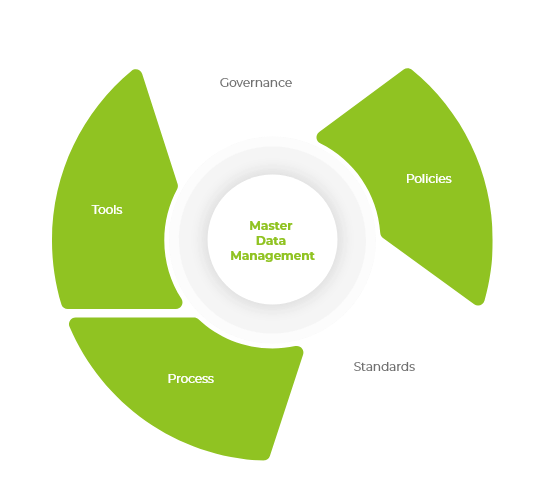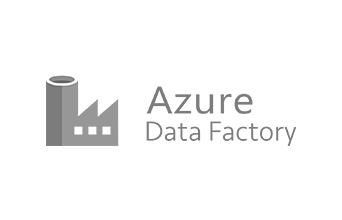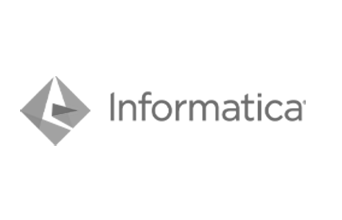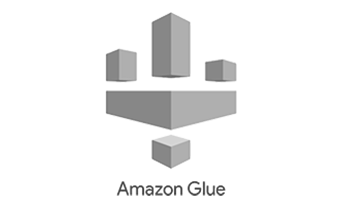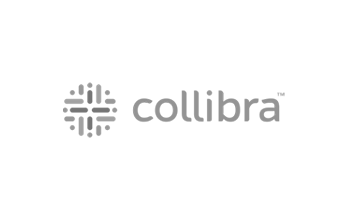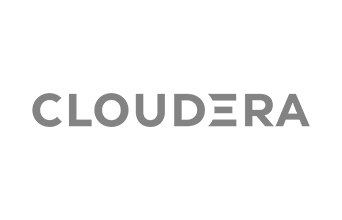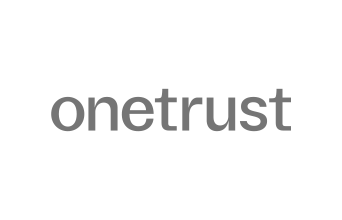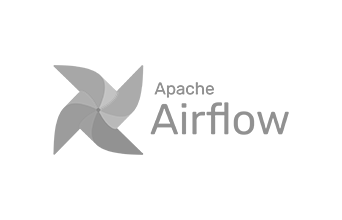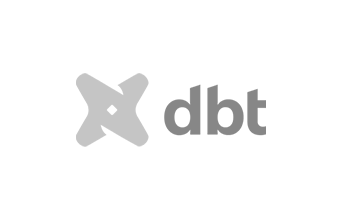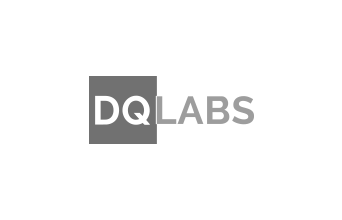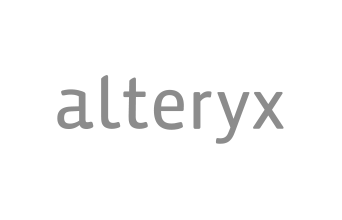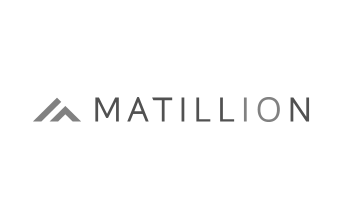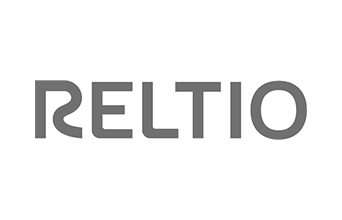Effective data management consulting services for any business looking to make informed decisions and stay competitive in today's digital landscape. It involves organizing, storing, and analyzing data to ensure its accuracy, completeness, and accessibility. Good data management practices can help a business make better use of its data, improve efficiency, and make more informed decisions. Some key components of data management include data governance, data integration, data security, and data analytics.
By implementing robust data management systems and processes, businesses can ensure that their data is accurate, organized, and secure, enabling them to make the most of their data assets. We specialize in providing comprehensive data management consulting services. Our team of experts can help you organize, analyze, and protect your valuable company data. We work with a variety of industries and have a track record of success in helping businesses improve their data management systems. Let’s explore some of our highly advanced data management services.
Modern Data Strategy & Architecture
Modern data strategy and architecture refers to the processes and systems that businesses use to manage and leverage their data assets. A modern data strategy involves defining how a company will use its data to achieve its business goals, while a modern data architecture involves designing the systems and infrastructure that will support the effective management and use of the data. A strong data strategy allows a company to make the most of its data assets and use them to drive business growth and innovation. A well-designed data architecture, on the other hand, ensures that the data is organized, accessible, and secure. Our Intellectyx data management experts help you by providing comprehensive data strategy and architecture consulting.
- Assessing the current state of the company's data and its business goals: This involves understanding the data the company has, how it is currently being used, and what the company hopes to achieve with its data.
- Developing a data strategy: Based on the company's business goals and data assets, the consultant will work with the business to develop a plan for how the data will be used to drive business growth and innovation.
- Designing a data architecture: The consultant will then design the systems and infrastructure needed to support the effective management and use of the data, including data storage, data integration, data governance, and data security.
- Implementing the data strategy and architecture: The consultant will work with the business to implement the data strategy and architecture, including any necessary changes to processes, systems, and infrastructure.
- Ongoing support and optimization: The consultant will provide ongoing support to ensure that the data strategy and architecture continue to meet the business's needs and are optimized for maximum value.
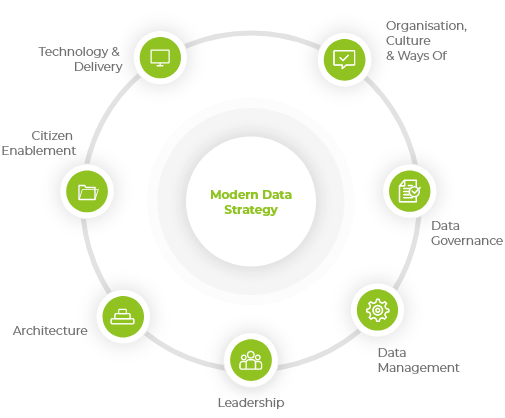
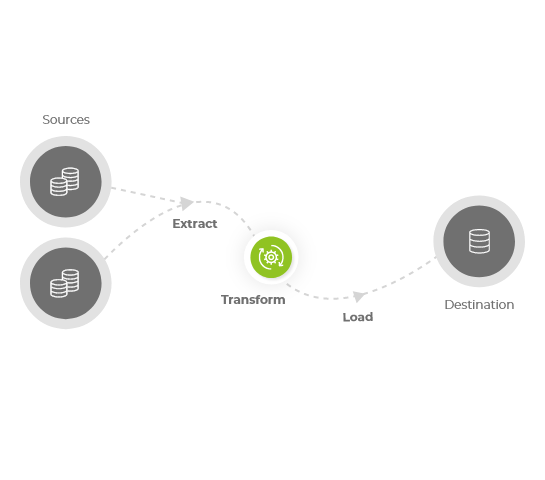
ETL Migration
ETL (extract, transform, load) migration is the process of transferring data from one system to another, typically for the purpose of consolidating or updating the data. ETL migration services help businesses migrate their data safely and efficiently, minimizing the risk of data loss or corruption during the process. Our data engineers and data experts help you manage complex migration tasks seamlessly and economically in a completely secure environment.
Steps involved in our ETL migration process typically include:
- Planning: The migration process begins with planning, including identifying the data to be migrated, the target system, and the migration timeline.
- Extraction: The first step in the ETL process is extracting the data from the source system. This involves accessing the data and exporting it in a format that can be used by the target system.
- Transformation: The next step is to transform the data, which involves cleaning and formatting the data to ensure that it is compatible with the target system. This may include combining data from multiple sources, removing duplicates, or applying business rules.
- Loading: The final step is loading the data into the target system. This may involve creating new tables or columns or updating existing ones.
- Testing and validation: After the data has been loaded, it is important to test and validate the migrated data to ensure that it is accurate and complete.
Data Integration & Migration
Data integration and migration is the process of combining and transferring data from multiple sources into a single system or database. This is often done for the purpose of consolidating data from different systems, standardizing data formats, or updating data in a new system.
Data integration and migration services help businesses integrate and migrate their data safely and efficiently, minimizing the risk of data loss or corruption during the process. Our data experts use highly efficient tool-enabled solutions to build pipelines and help you seamlessly transfer and integrate your data, ensuring that it is accurate and up-to-date.
Steps involved in our data integration and migration services are,
- Planning: The migration process begins with planning, including identifying the data to be migrated, the target system, and the migration timeline.
- Extraction: The first step in the process is extracting the data from the source systems. This involves accessing the data and exporting it in a format that can be used by the target system.
- Transformation: The next step is to transform the data, which involves cleaning and formatting the data to ensure that it is compatible with the target system. This may include combining data from multiple sources, removing duplicates, or applying business rules.
- Loading: The final step is loading the data into the target system. This may involve creating new tables or columns or updating existing ones.
- Testing and validation: After the data has been loaded, it is important to test and validate the migrated data to ensure that it is accurate and complete.
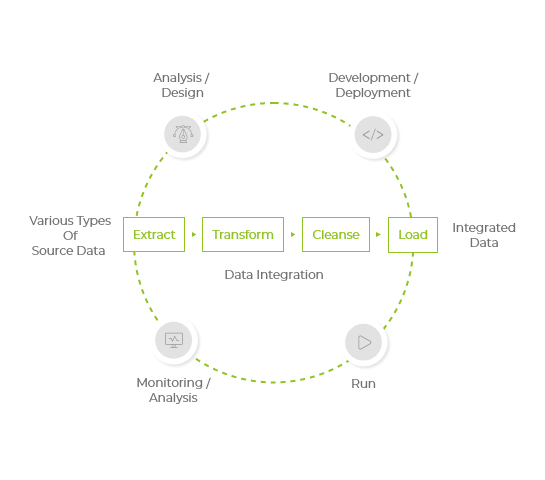
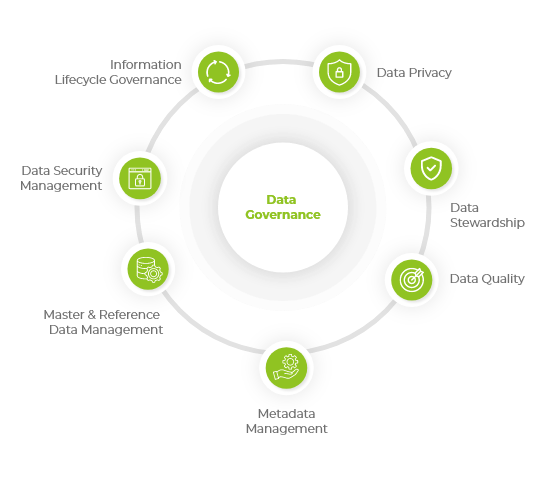
Data governance
Data governance is the process of managing and controlling the collection, storage, use, and disposal of data within an organization. It is crucial for ensuring the accuracy, reliability, and security of an organization's data, which is essential for making informed business decisions and maintaining the trust of stakeholders. It is a crucial aspect of managing data in today's digital world, where data is increasingly being generated and used by organizations of all sizes. With our expert guidance and support, you can take control of your organization's data and transform it into a valuable asset.
Our modern data governance services include:
- Defining clear policies and procedures for how data will be collected, used, and shared within your organization.
- Establishing a governance structure to oversee the implementation and enforcement of data governance policies and procedures.
- Implementing controls to ensure that data is collected, used, and shared in accordance with established policies and procedures.
- Monitoring and enforcing compliance with data governance policies and procedures.
- Continuously improve your data governance practices by keeping up with changing laws and regulations and staying current with best practices and technologies in the field of data management.
Data Quality Assessment & Strategy
Data quality assessment is the process of evaluating the accuracy, completeness, reliability, and timeliness of data. It is an essential aspect of data management, as poor data quality can lead to incorrect decisions, wasted resources, and loss of credibility. We offer comprehensive data quality assessment and strategy services, and our services are designed to ensure that data is of high quality and meets the business needs of the organization.
Our data quality assessment and strategy involves several key steps:
- Identify the business needs: The first step in any data quality assessment strategy is to identify the business needs that the data will be used to support. This includes understanding the types of decisions that will be made based on the data, as well as the requirements for data accuracy and completeness.
- Define data quality metrics: Once the business needs have been identified, it is important to define the metrics that will be used to measure data quality. These metrics should be specific, measurable, achievable, relevant, and time-bound (SMART).
- Assess current data quality: The next step is to assess the current quality of the data that is being used. This can involve reviewing data dictionaries, running data quality checks, and performing data profiling to identify issues such as missing values, inconsistencies, and errors.
- Develop a plan for improvement: Based on the results of the data quality assessment, it is important to develop a plan for improving the quality of the data. This can involve implementing processes for cleansing and enriching data, as well as establishing guidelines for data collection and management.
- Monitor and maintain data quality: Data quality should be continuously monitored and maintained to ensure that it remains accurate and up-to-date. This can involve regular data quality assessments, as well as implementing controls to prevent data quality issues from occurring in the first place.
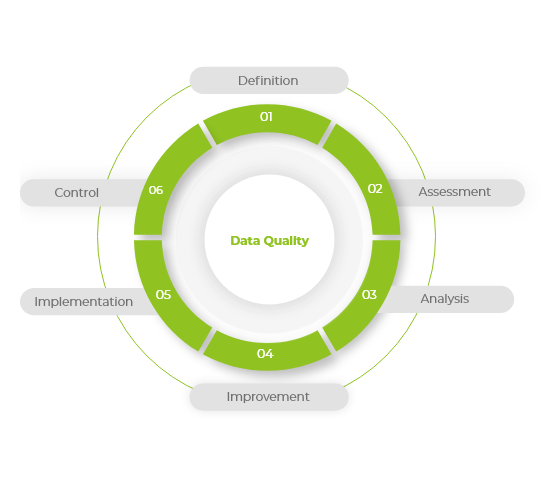
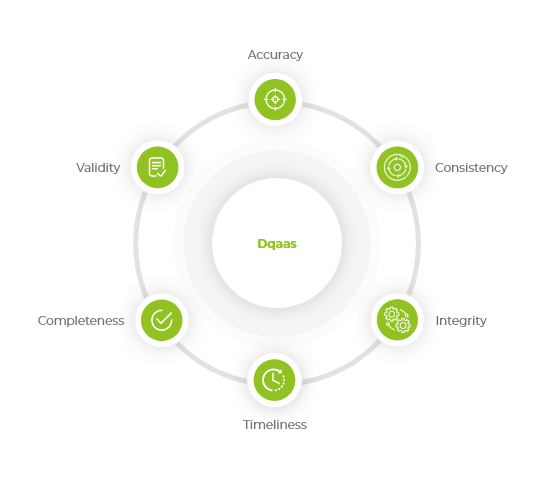
Data Quality as a Services
Data quality is a crucial aspect of any business. It determines the reliability and accuracy of the information that is used to make important decisions, and poor data quality can lead to costly errors and inefficiencies. Traditionally, companies have invested significant resources into building and maintaining in-house data quality teams to ensure the accuracy and completeness of their data. However, this can be time-consuming and costly, and may not always be the most effective solution.
We offer comprehensive Data Quality as a Service (DQaaS) to help organizations improve the accuracy, completeness, reliability, and timeliness of their data. Our DQaaS offering is designed to ensure that data is of high quality and meets the business needs of the organization.
Our DQaaS offering includes:
- Data quality assessment: We perform a thorough assessment of the current quality of the data being used by our clients. This can involve reviewing data dictionaries, running data quality checks, and performing data profiling to identify issues such as missing values, inconsistencies, and errors.
- Data cleansing and enrichment: We use specialized tools and techniques to correct errors and inconsistencies in the data, as well as add additional data elements to enrich the data.
- Data governance: We help our clients establish policies and procedures for how data will be collected, used, and shared within their organization, as well as implementing controls to ensure that data is collected, used, and shared in accordance with established policies.
- Data monitoring and maintenance: We assist our clients in monitoring and maintaining data quality on an ongoing basis to ensure that it remains accurate and up-to-date. This can involve regular data quality assessments, as well as implementing controls to prevent data quality issues from occurring in the first place.
- With our expertise and experience in Data Quality as a Service (DQaaS) , we can help your organization and ensure the integrity and reliability of your data, which is essential for making informed business decisions and maintaining the trust of stakeholders.
Master Data Management
Master data management (MDM) is the process of managing and maintaining consistent and accurate data about the core entities of an organization, such as customers, products, and employees. With our expertise and experience in master data management, we help our clients ensure the integrity and reliability of their master data, which is essential for making informed business decisions and maintaining the trust of stakeholders.
Our MDM services include:
- Identifying the key data entities: We work with our clients to identify the key data entities that are critical to their organization, such as customers, products, employees, vendors, and any other entities that are central to their operations.
- Defining the data governance structure: We assist our clients in establishing a governance structure to oversee the management and maintenance of their master data. This can include a master data governance board or committee, as well as roles and responsibilities for individuals within the organization.
- Establishing a single source of truth: We help our clients establish a single, authoritative source of master data that can be used by all stakeholders within the organization. This may involve implementing a master data management platform or database.
- Implementing data quality controls: We work with our clients to implement controls to ensure that master data is collected, stored, and maintained in a consistent and accurate manner. This can include processes for data cleansing and enrichment, as well as data review and approval processes.
- Monitoring and enforcing compliance: We assist our clients in regularly monitoring and enforcing compliance with master data management policies and procedures. This can involve regular audits and assessments to ensure that master data is being used appropriately and that any issues or concerns are addressed in a timely manner.
